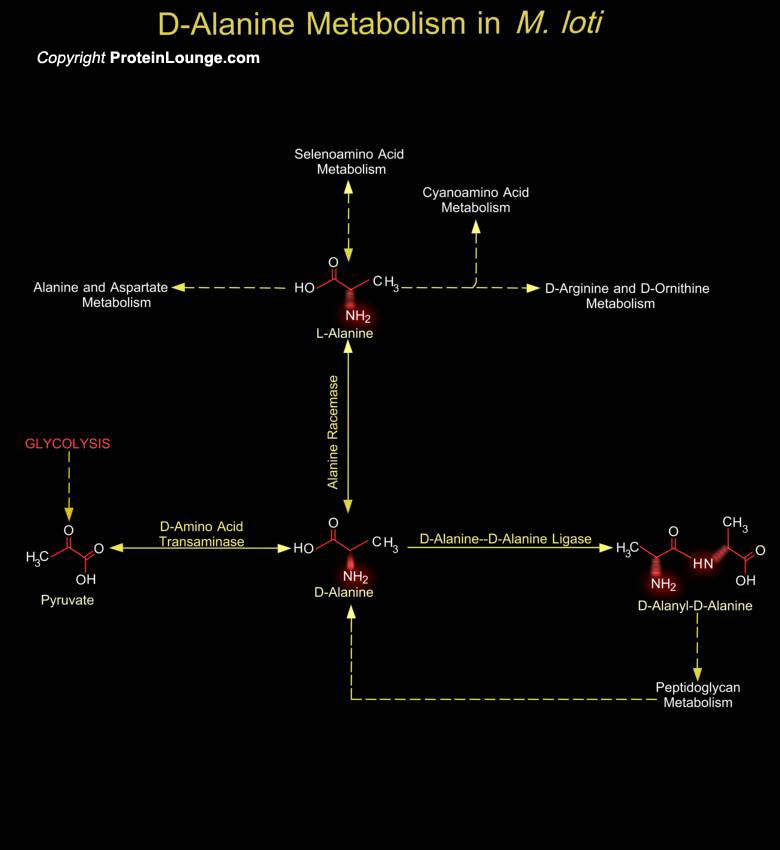
Rhizobium, Bradyrhizobium, Mesorhizobium, Sinorhizobium and Azorhizobium-known as Rhizobia-are Gram-negative, nitrogen-fixing bacteria of agronomic importance because they perform nitrogen-fixing symbiosis with leguminous plants. Nodule formation and the subsequent nitrogen-fixation result from a series of interactions controlled by the exchange of molecular signals between symbiotic bacteria and host plants followed by expression of genes from both symbiotic partners. Mesorhizobium loti (M .loti) is able to form determinant-type globular nodules and perform nitrogen-fixation on several Lotus species (Ref.1).The cell wall of these Gram-negative bacteria constitutes a multifaceted fabric that is essential for survival, shape, and integrity. Macromolecular assemblies of[..]
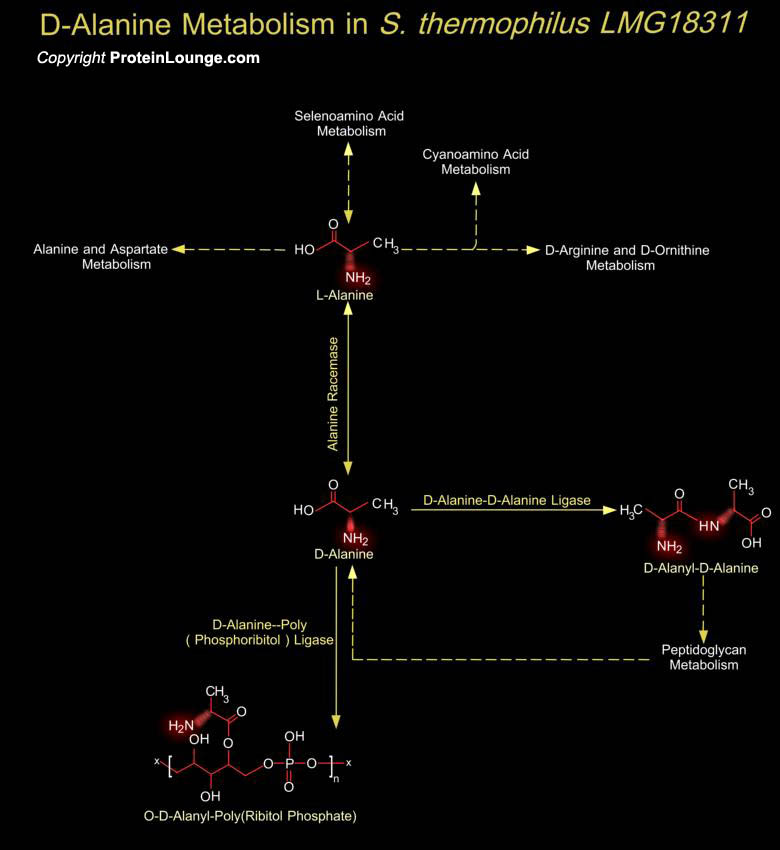
Streptococcus thermophilus is one of the most economically important lactic acid bacteria used in the manufacture of yogurt and cheeses. This bacterium belongs to the group of GRAS (Generally Recognized as Safe) bacteria which is an exception in the Streptococcus genus. S. thermophilus is used, along with Lactobacillus sp., as a starter culture for the manufacture of several important fermented dairy foods, including yogurt and Mozzarella cheese. Its use has increased significantly during the past two decades, as a result of the tremendous increase in consumption of these products (Ref. 1 & 2).The cell wall of these Gram-positive bacteria constitutes a multifaceted fabric that is essential for survival, shape, and integrity. D-Alanine occurs to the extent of 1 to 2[..]
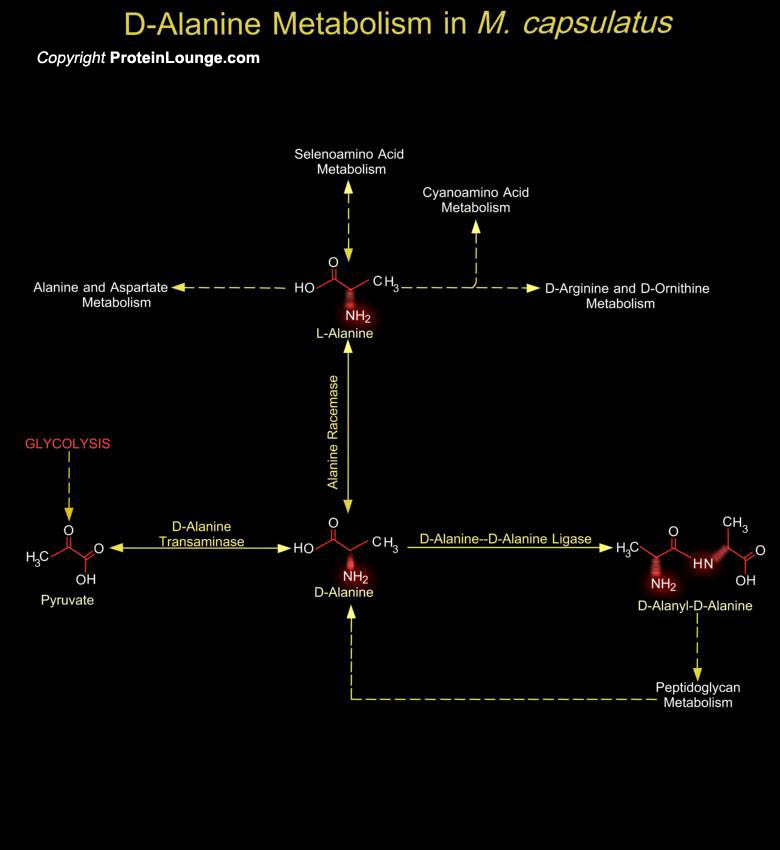
Methanotrophs are a unique group of Gram-negative bacteria that grow aerobically on methane and utilize methane as the sole source of carbon and energy. Methanotrophs such as Methylococcus capsulatus(M. capsulatus) are responsible for the oxidation of biologically generated methane, and they are therefore of great environmental importance in reducing the amount of this greenhouse gas released to the Earth's atmosphere (Ref.1). A key step in peptidoglycan layer assembly and deposition in the cell wall of M. capsulatus is the subsequent enzymic cross-linking of one peptidoglycan strand to an adjacent one in cell wall growth. D-Alanine is a central molecule in this peptidoglycan assembly and cross-linking (Ref.2). L-Alanine is also a product of several other metabolic[..]
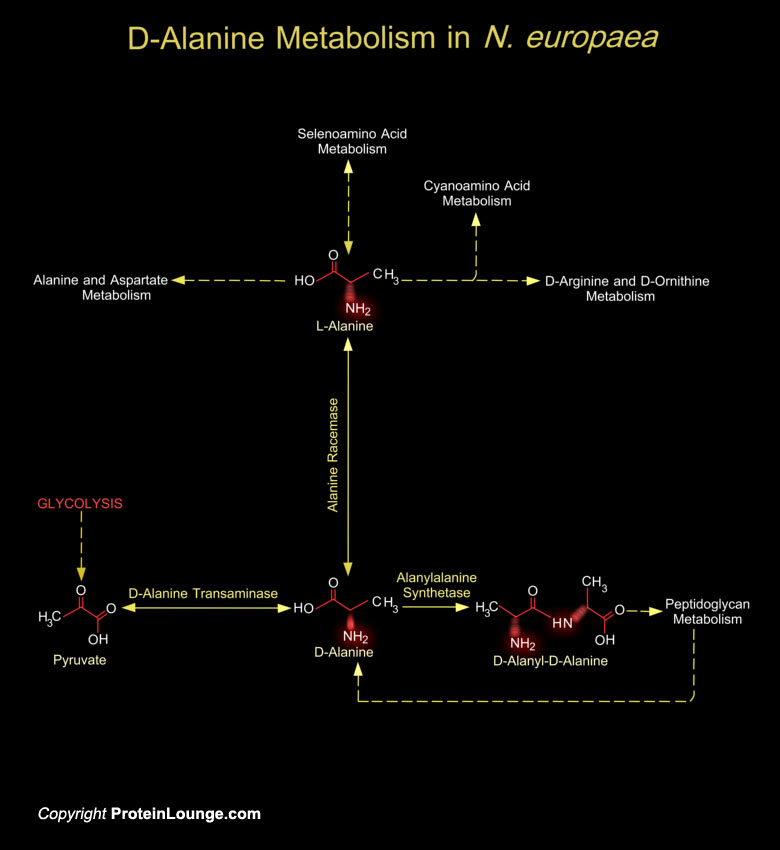
Nitrosomonas europaea is a Gram-negative obligate chemolithoautotroph, which derives all its energy and reductant for growth from the aerobic oxidation of ammonia to nitrite. The bacterium participates in the biogeochemical Nitrogen cycle in the process of nitrification (Ref.1). A key step in peptidoglycan layer assembly and deposition in the cell wall of N.europaea is the subsequent enzymic cross-linking of one peptidoglycan strand to an adjacent one in cell wall growth. D-Alanine is a central molecule in this peptidoglycan assembly and cross-linking. L-Alanine is also a product of several other metabolic pathways like Cyanoamino Acid Metabolism, Selenoamino Acid Metabolism, Alanine and Aspartate, and D-Arginine and D-Ornithine Metabolism. The naturally occurring[..]
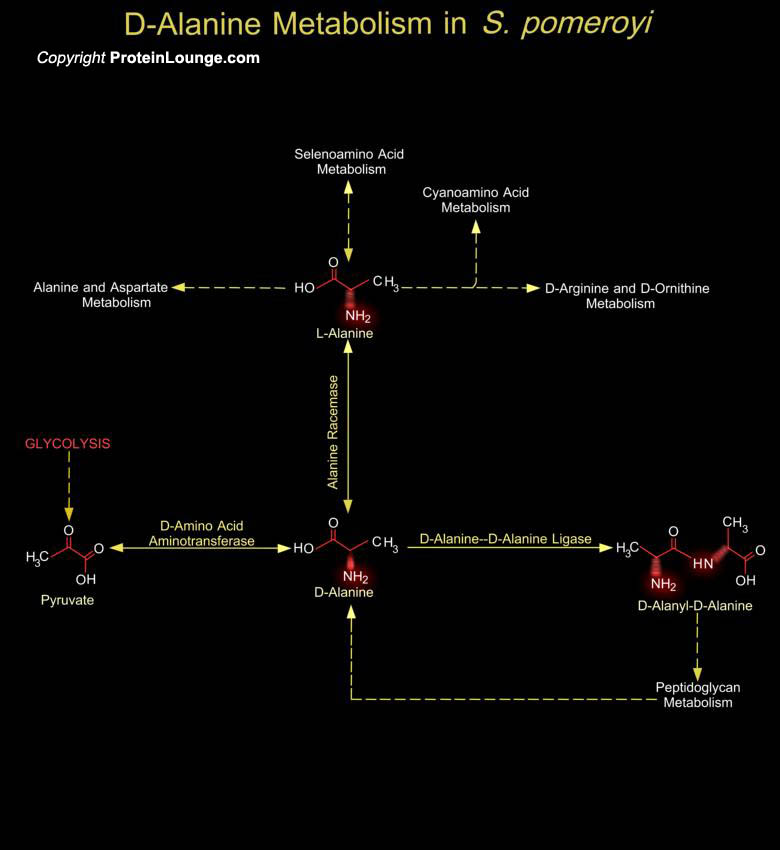
The Alpha-Proteobacteria is predominantly responsible for the degradation of organosulfur compounds, including the algal osmolyte dimethylsulfoniopropionate. Silicobacter pomeroyi carries out many organic sulfur transformations that occur in natural bacterial communities in the surface ocean. The bacterium converts dimethylsulfoniopropionate to both dimethylsulfide and methanethiol. Through these pathways, the sulfur in dimethylsulfonio propionate is either released as volatile sulfur to the atmosphere, or retained in the marine food web in the form of S-containing amino acids (Ref.1 & 2). The cell wall of these bacteria is a unique biopolymer, containing both D- and L-Amino acids. The terminal peptide is D-Alanine although other amino acids are present as[..]
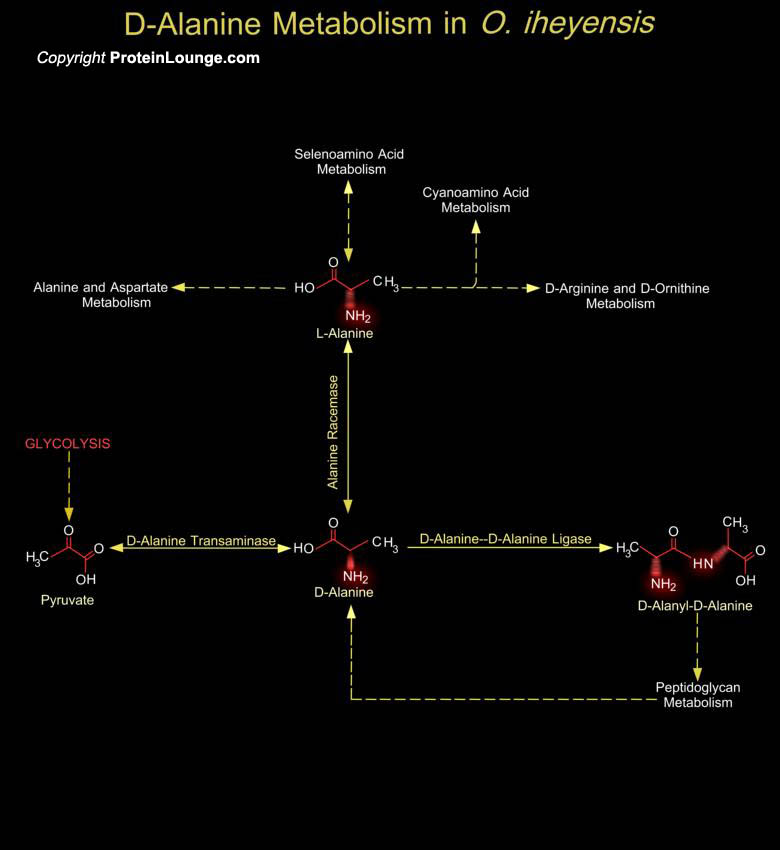
Oceanobacillus iheyensis is an alkaliphilic and extremely halotolerant Bacillus-related species isolated from deep-sea sediment. It is also known as 'small ocean bacillus pertaining to the Iheya Ridge' from where it was isolated. O. iheyensis grows at depths of up to 3,000 m. The bacteria thrive under high hydrostatic pressure and grow optimally at about 30 degrees Celsius (Ref. 1).The cell wall of this bacterium is a unique biopolymer, containing both D- and L-Amino acids. The terminal peptide is D-Alanine although other amino acids are present as D-isomers and this is the only known biological molecule that contains D-Amino acids, which are responsible for the building of peptidoglycan. A key step in peptidoglycan layer assembly and deposition is the[..]
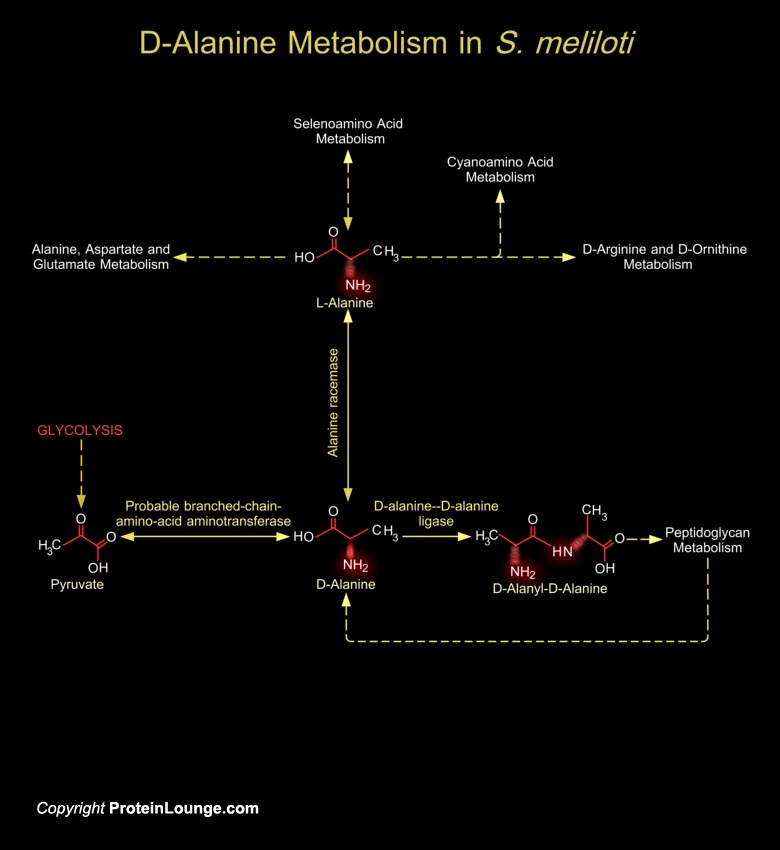
Sinorhizobium meliloti (formerly Rhizobium meliloti), is a common Gram-negative soil and rhizosphere bacterium, that forms nitrogen-fixing nodules on the roots of certain genera of leguminous plants, including Medicago, Melilotus and Trigonella sp. Inside the nodules, differentiated bacteria called bacteroids fix atmospheric nitrogen (i.e. reduce N2 into NH3) to the benefit of the plant. Nodule formation and the subsequent nitrogen-fixation result from a series of interactions controlled by the exchange of molecular signals between symbiotic bacteria and host plants followed by expression of genes from both symbiotic partners. S. meliloti surface polysaccharides, including exopolysaccharides, lipopolysaccharides, capsular polysaccharides, and cyclic Beta-Glucans are[..]
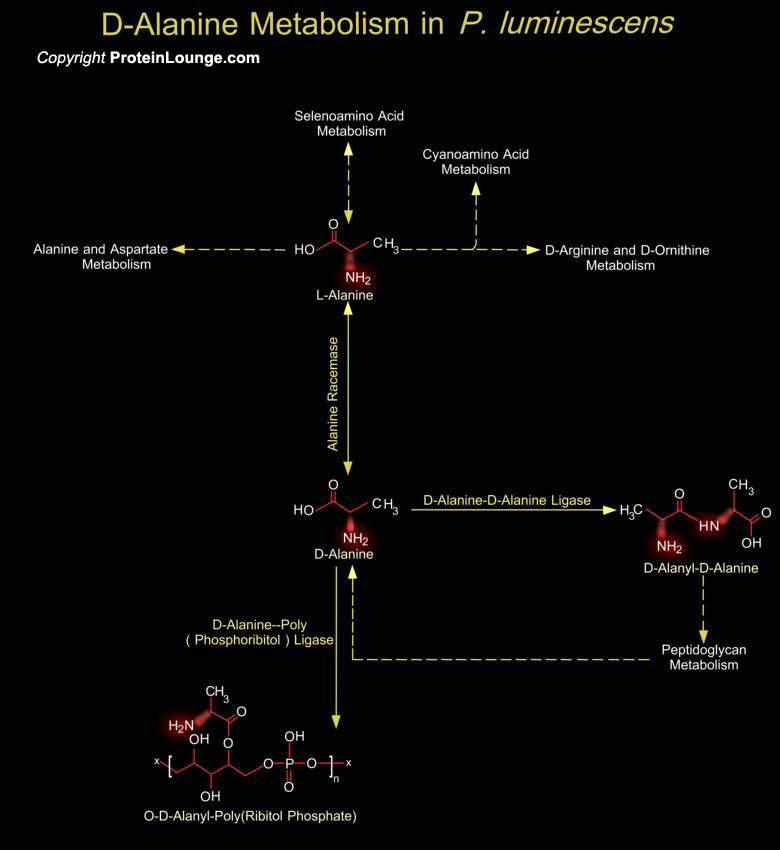
Photorhabdus sp. are facultatively anaerobic gram negative rods, nonsporulating and chemoorganotrophic heterotrophs with respiratory and fermentative metabolisms. They are included in the family of Enterobacteriaceae belonging to Group-5 and Sub-group1. Almost all species of Photorhabdus are entomopathogenic. The bacterium Photorhabdus luminescens is pathogenic to a wide range of insects (Ref.1). Bacteria cells are surrounded by a protective exoskeleton called the , peptidoglycan layer which is a cross-linked mesh-like macromolecule consisting of glycan strands interlinked by short peptides. A key step in peptidoglycan layer assembly and deposition in this bacterial cell wall is the subsequent enzymic cross-linking of one peptidoglycan strand to an adjacent one in cell[..]
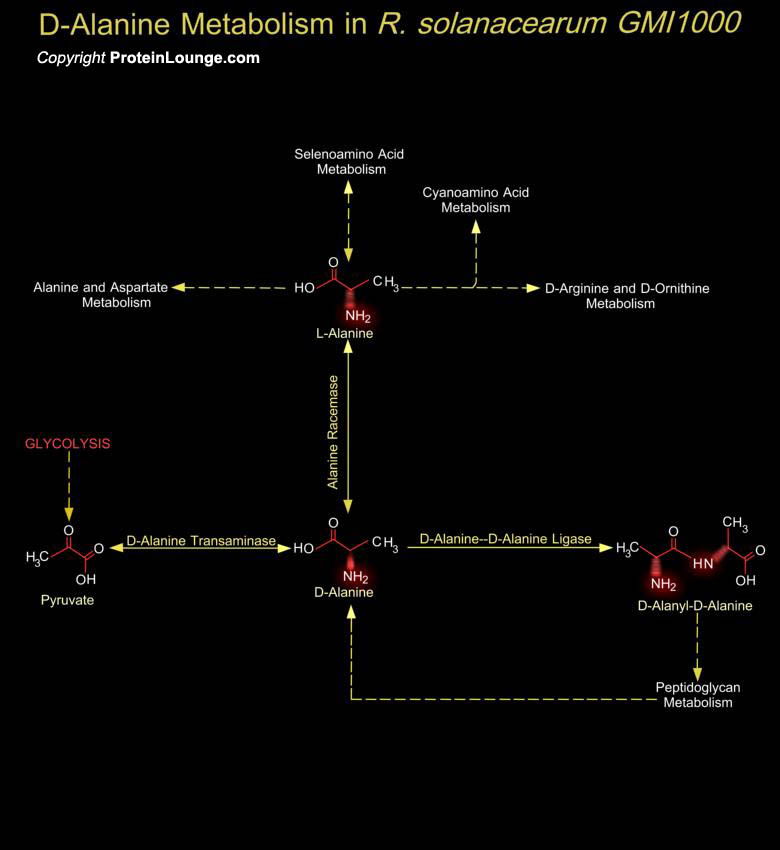
Ralstonia solanacearum (previously named Pseudomonas solanacearum) is a devastating, soil-borne plant pathogen and the causal agent of bacterial wilt, one of the most important bacterial diseases worldwide. Hundreds of different plant species, including many important agricultural crops such as potato, tomato, banana, pepper, and even trees such as eucalyptus are affected by this vascular pathogen (Ref.1). It is a model system for the dissection of molecular determinants governing pathogenicity. It exhibits a strong and tissue-specific tropism within the host, specifically invading, and highly multiplying in, the xylem vessels of the roots. R. solanacearum is a Beta-Proteobacterium and thus belongs to a group of bacteria whose genomic organization is still poorly[..]
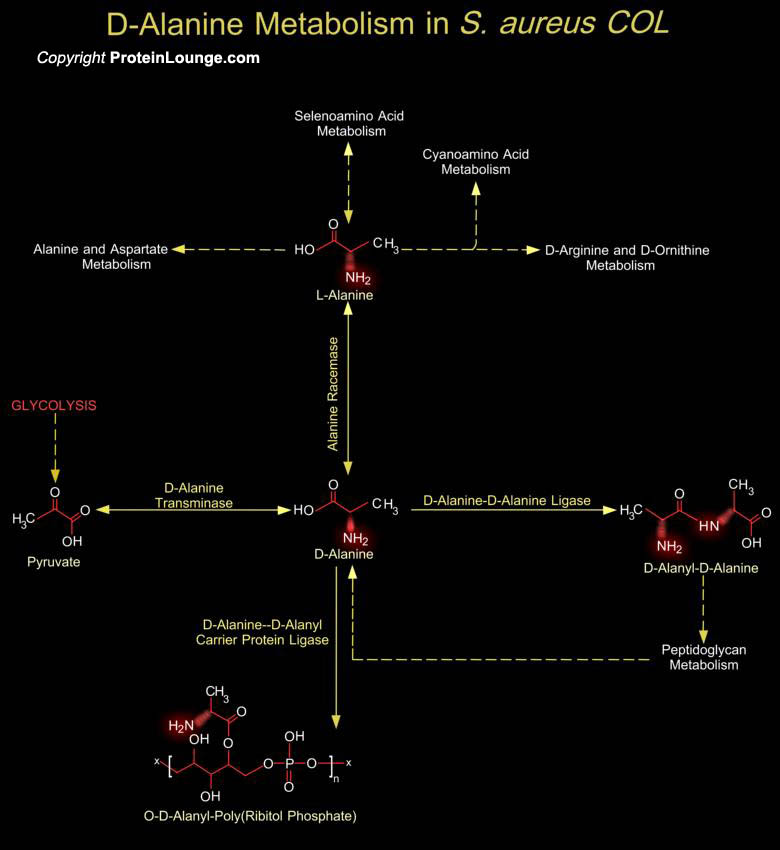
Staphylococcus aureus are Gram-positive nonmotile coccus that grows in aerobic and anaerobic conditions, in which it forms grape-like clusters. S. aureus is an opportunistic pathogen and the major causative agent of numerous hospital- and community-acquired infections. It produces numerous toxins including super antigens that cause unique disease entities such as toxic-shock syndrome and staphylococcal scarlet fever. Its genetic plasticity has facilitated the evolution of many virulent and drug-resistant strains, presenting a major and constantly changing clinical challenge. S. aureus COL is an early methicillin-resistant isolate (Ref.1).The cell wall of S. aureus is 50 percent peptidoglycan by weight consisting of alternating polysaccharide subunits of[..]
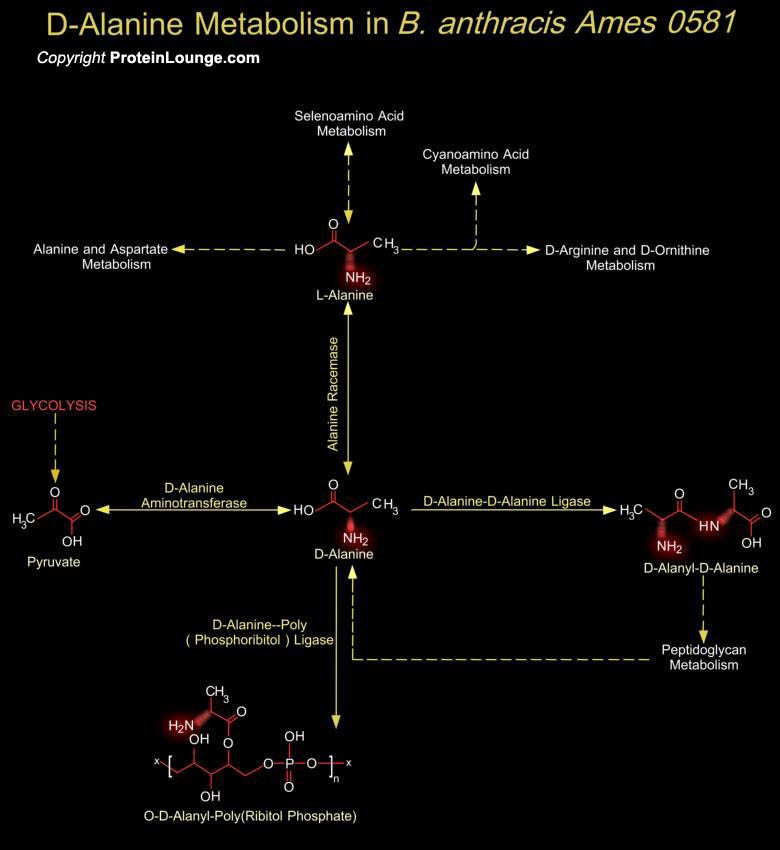
Bacilli are an extremely diverse group of bacteria that include both the causative agent of anthrax (Bacillus anthracis) as well as several species that synthesize important antibiotics. Bacilli are rod-shaped, Gram-positive, sporulating, aerobes or facultative anaerobes. Bacilli exhibit an array of physiologic abilities that allow them to live in a wide range of habitats, including many extreme habitats such as desert sands, hot springs, and Arctic soils. Species in the genus Bacillus can be thermophilic, psychrophilic, acidophilic, alkaliphilic, halotolerant, or halophilic and are capable of growing at pH values, temperatures, and salt concentrations where few other organisms can survive (Ref.1, 2 & 4). Due to the metabolic diversity in the genus Bacillus,[..]
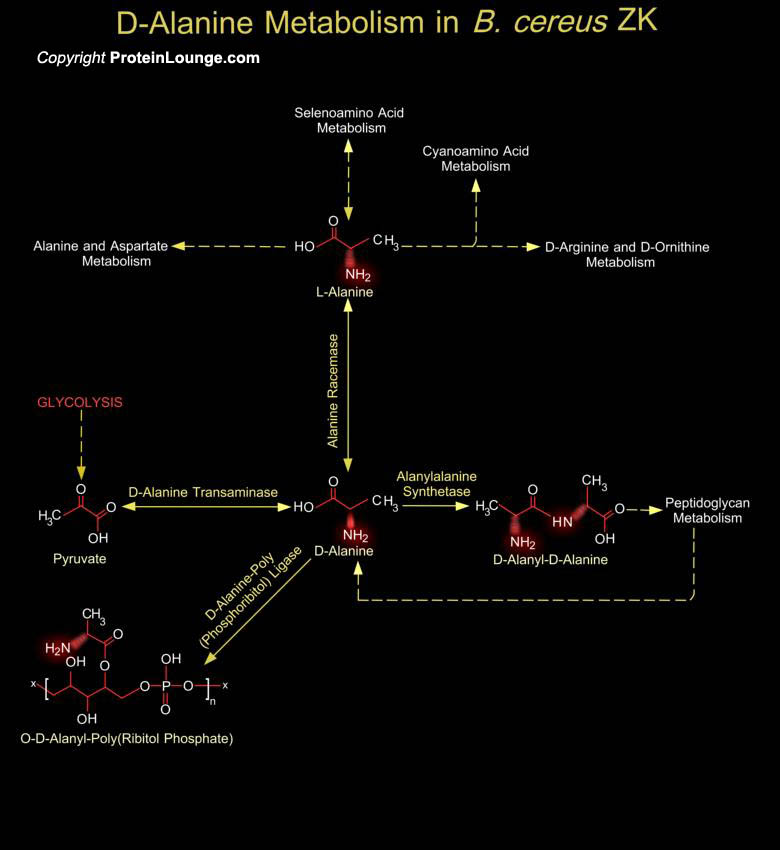
Bacillus cereus is a gram-positive, facultative anaerobic rod-shaped endospore-forming bacterium. B. cereus occurs ubiquitously in soil and in many raw and processed foods such as rice, milk and dairy products, spices, and vegetables. Many strains of B. cereus are able to produce toxins and cause distinct types of food poisoning. B. cereus is an opportunistic pathogen causing food poisoning manifested by diarrhoeal or emetic syndromes. It is closely related to the animal and human pathogen Bacillus anthracis and the insect pathogen Bacillus thuringiensis, the former being used as a biological weapon and the latter as a pesticide (Ref.1&2).The cell wall of these Gram-positive bacteria is a unique biopolymer, containing both D- and L-Amino acids. Its basic structure[..]

